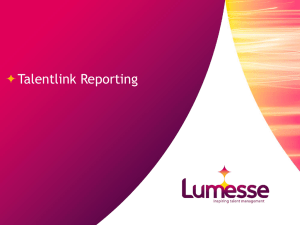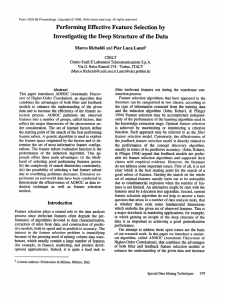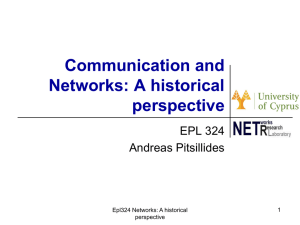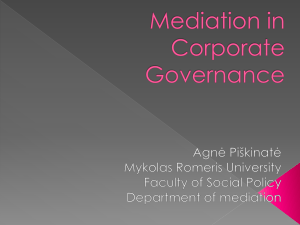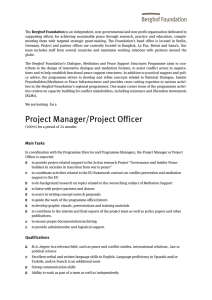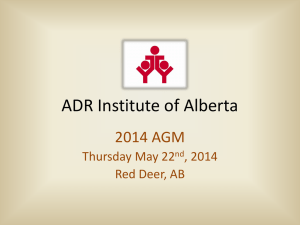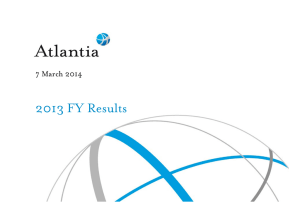ADHOC - Microjustice Workplace
advertisement
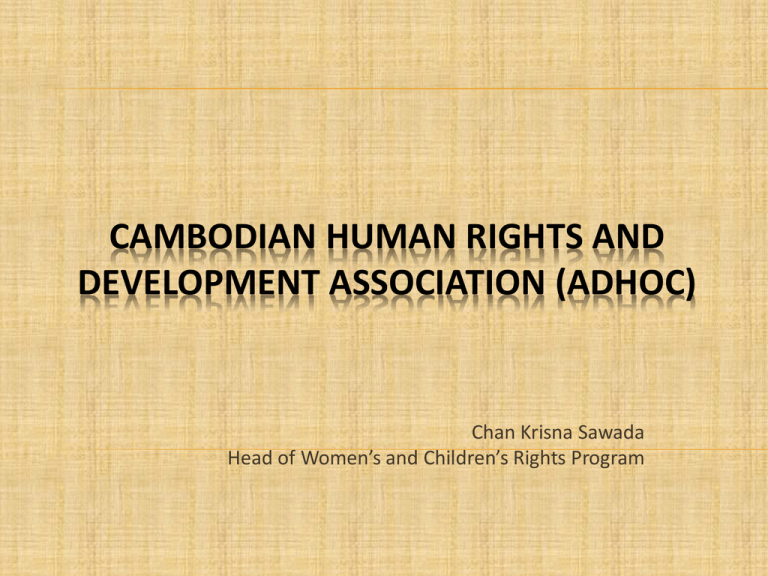
CAMBODIAN HUMAN RIGHTS AND DEVELOPMENT ASSOCIATION (ADHOC) Chan Krisna Sawada Head of Women’s and Children’s Rights Program BACKGROUND OF THE ORGANIZATION: Cambodian Human Rights and Development Association (ADHOC) was founded by a group of political prisoners in December 1991 after the signing of the Paris Peace Agreements on October 23, 1991. ADHOC is an independent, non-partisan, non-profit, non-governmental organization. ADHOC’S VISION AND GOALS: Vision A society that respects human rights and law. Goals o o To strengthen the capacity of ordinary citizens to claim their rights and to assist victims of human rights abuses in their quest for justice. To help ordinary citizens to assert their human rights fully by lobbying and advocating for improvement and enhancement of laws, institutions and law enforcement ADHOC’S ACTIVITIES In pursuit of these goals, ADHOC has structured around two core programs: Monitoring and Women’s and Children’s Rights and engaged in the following types of activities: o Counselling and legal aid, provided chiefly by the 22 provincial offices, occasionally supported by ADHOC’s central office and external allies (e.g. fellow human rights organisations who participate in joint investigations in larger cases, or legal aid groups who provide pro bono lawyers) o Sensitisation and training by ADHOC staff to “ordinary” people and duty-bearers (e.g. local government officials) on human rights and related issues ADHOC’S ACTIVITIES • Facilitating the emergence of grassroots groups (called “communities” or “grassroots networks”) around specific cases, usually involving land and natural resources issues • Investigating human rights violations throughout the country, recording them in monthly provincial reports to Phnom Penh and a database, and intervening as appropriate • Human rights advocacy using a range of approaches, from low-profile lobby and persuasion with duty-bearers (e.g. local officials) to “naming and shaming” in the media ADHOC’S ACTIVITIES ● Campaigning, as a leading member of the Cambodian Human Rights Action Committee (CHRAC) and issue-based national networks, on national legislation and institutional reforms HOW ADHOC & TISCO INTERRELATED? ADHOC is involved in and is good at: • Providing legal aid to beneficiaries • Analyzing practices of dispute resolution and developing work-methods to set up a state of the art dispute resolution service that will provide fair and effective outcomes to clients • Implement a project in which these work methods will be used and tested with outreach in the rural areas through field offices • Organizing workshops and learning events for ADHOC staffs and network members TISCO is involved in and is good at: • Identifying international best practices in justice services • Evaluating best practices with the help of academic lecture • Making transparent practices that work to solve conflicts • Linking stakeholders in improving access to justice across borders ADHOC AND TISCO PARTNERSHIP • To develop state of the art dispute resolution techniques and a strong evidence base about effective practices • To test and apply the knowledge in a microjustice facilitator/community dispute resolution project that ADHOC will set up in the coming time OBJECTIVES OF ADR PROJECT ● To build ADHOC’s staffs and community representatives’ capacities in ADR ● To create facilitating tools for ADR process in Cambodia ● To share these tools within the micro justice workplace and to pool resources at the international level ADR PROJECT ACTIVITIES • Pre-meeting with TISCO to get familiar with the five steps: (1) Meet (2)Talk (3) Share (4) Decide (5) Stabilize • Designing Tools • Tool Testing • Finalizing and sharing tools ADR PROJECT OUTPUTS Through phase 1 and phase 2 testing period, ADHOC had successfully mediated 10 DV cases out 16 total testing cases (10 DV cases; 3 land conflict cases; 2 child support cases; and a labor conflict case) Good Practices: ● ADHOC’s mediators have good reputation in the communities to convince unwilling party to the dispute to engage in mediation ● ADR process is time and cost effectives and unbiased ADR PROJECT OUTPUTS ● Flexibility of the mediators on the use of the tools ● ADHOC had successfully mediated 10 DV cases without using the fourth party to the mediation ● Stabilizing and formalizing the agreement made through the mediation with the assistance of the local authorities and all the relevant parties ● Using the person with higher authority in the communities to convince the unwilling party to engage in the mediation but not to decide for any party to the dispute CHALLENGES: • Sustainability of the project (human and financial resources) • Lack of cooperation among NGOs and state institutions working on ADR • Remain neutral when forming a relationship with the unwilling party to persuade him/her to engage in the mediation can be difficult • If an invitation letter is too formal it can intensify the dispute • It can furthermore be difficult to convince the parties that a decision that is agreed upon by both parties is in fact better than a decision taken solely by the arbitrator Thank you!
